News
The checkered story of Ms. Pac-man, the first great female video game icon
Bow, eyelashes and eat ghosts.
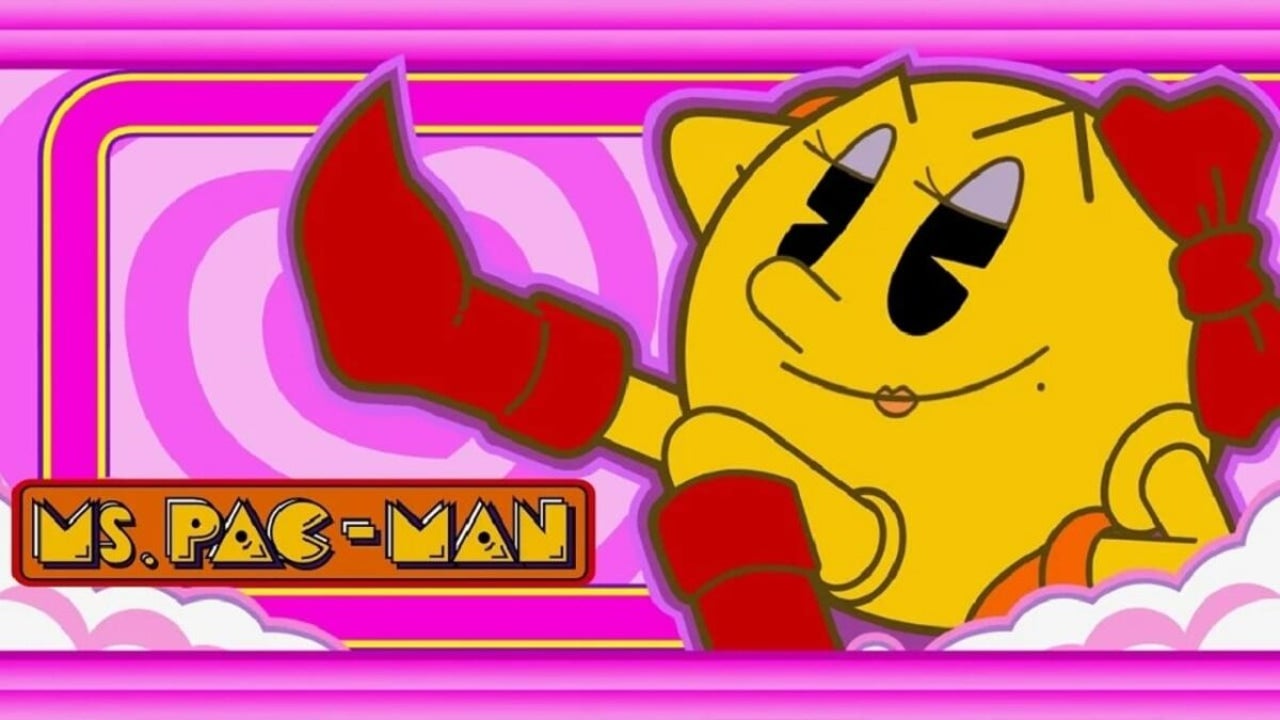
- May 21, 2023
- Updated: March 9, 2024 at 10:57 AM

As much as we now argue between open worlds full of secrets with our favoritism for ‘GTA‘ or ‘Zelda‘, talk about FPS and indie games as if two hundred new titles are released every week, we must remember that forty years ago the world of video games belonged to a yellow ball eating pills and being chased by ghosts: ‘Pac-man’ was a bomb since its release, on May 22, 1980 that came to unseat ‘Space Invaders’ in the world of arcades. Logically a sequel had to come soon, didn’t it? Well, it wasn’t that easy.
Waka waka waka waka
A book could be written with all the shameless plagiarism of the classic Pac-Man (‘Lock’n’chase’, ‘Piranha’, ‘Gobble a ghost’ or ‘Jelly monsters’, among hundreds of others). In fact, it is one of the first cases in which the intellectual property of video games went to trial, with Namco winning several of them. In this scenario in which there was no month without a ‘Pac-man’ substitute, it is easier to understand all the trouble the developer went through to get a sequel that didn’t taste, simply, like another cheap copy.
Paradoxically, the story of ‘Ms. Pac-man’ begins with a plagiarism by Namco. Pac-man‘ begins with a plagiarism by Namco, but not of Pac-Man, but of ‘Missile Command’, a game that six MIT students (through their company, General Computer Corp, or GCC) were able to improve by reverse engineering: ‘Super Missile Attack’ was a success… until Atari sued them for 15 million dollars.
If now 15 million is a barbarity, imagine in 1981. Luckily for GCC, Atari was able to accept that they could do more good than harm, dropped the lawsuit and made them work for them by paying them $50,000 a month for two years in exchange for them to stop making expansions of Atari’s intellectual properties and instead make new games for the company. The first thing they did? Effectively, the ‘Pac-man’ expansion. Well, sort of: ‘Crazy Otto’, from which they created three of the most sought-after arcade games of all time.
If not this one, it will be Otto
Crazy Otto’ was basically ‘Pac-man’ but with new levels (and differentiation between mazes), sound and music, flashier graphics, faster speed and better enemy AI. First, Namco rejected it because they had specifically agreed that they could not use the IPs as they pleased, but then they started to think: What if it was a sequel to ‘Pac-man’ changing the walking gentleman (Otto) for the already mascot of the company?
Namco (well, Midway, its US distributor) bought the rights from GCC and decided that, this time, it would be called ‘Super Pac-man’, to make it clear that it was the return of the king of video games. However, there were some sequences between the screens of ‘Crazy Otto’ introducing his female counterpart and it gave them a little idea, which, added to the fact that ‘Pac-man’ introduced millions of women in a world dominated by men in the arcade, how could they not create the female version of Pac-Man? They modified the original icon by adding eyes with eyelashes, a bow, a mole and red hair. That was it. Pac-Woman was born.
Well, Pac-Woman was short-lived, because they quickly changed her name to a more sonorous – and confusing – ‘Miss Pac-man’. In less than 24 hours, a filmmaker realized that on one of the screens, a stork was giving the couple a baby, and that could lead to thoughts of illegitimate pac-children. Not the plan. The character was renamed ‘Mrs. Pac-man’ and, finally, ‘Ms. Pac-man’. Pac-man’. Almost nothing. Then they received the notes from Japan sent by Masaya Nakamura, president of Namco: “Remove her hair immediately”.
Feminist icon?
The game appeared at the beginning of 1982 and was ported to all the consoles of an era, demonstrating, once again, that the ‘Pac-man’ saga was here to stay. Although the change of the character was minimal, it was the starting signal for a whole world of characters that has lasted until our days and a fireproof saga that has even appeared in ‘Super Smash Bros’ and ‘Mario Kart 8’, through aMiibo.
Only in 1982 four more official games were released (‘Super Pac-man’, ‘Pac-man Plus’, ‘Pac-man & Ms. Pac-man’ and ‘Baby Pac-man’) before its fame faded away completely in 1987 (with a late revival years later, of course, like all 80’s nostalgia). We may not see it as much as we once did, but it will always go down in history as the first serious attempt by video games to reach out to a female audience. Luckily, things have changed radically… Or so we want to believe as we watch those arcades full of yellow balls in suggestive poses and doing waka-waka.
Editor specializing in pop culture who writes for websites, magazines, books, social networks, scripts, notebooks and napkins if there are no other places to write for you.
Latest from Randy Meeks
- From the random button to interactive series: the 5 biggest mistakes in Netflix history
- The 6 best animes you can't miss this spring
- The psychedelic PlayStation video game that was actually an artistic project that no one understood
- The Switch 2 has disappointed me with its luxury prices for a premium remake
You may also like
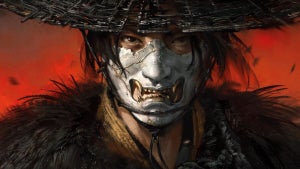
Ghost of Yotei is already the most pre-ordered game in 20 countries around the world
Read more

With the delay of GTA6, Kingdom Come: Deliverance 2 sees the path open to being the game of the year
Read more

Do you know Manus AI? This is the AI that competes with the Chinese DeepSeek
Read more
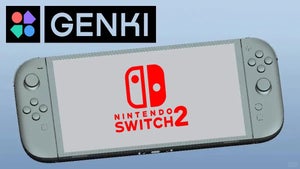
Nintendo sues an accessory company for leaking the design of the Switch 2
Read more
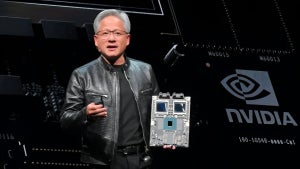
Nvidia wants to start selling in China again to boost its stock prices: they have a plan
Read more
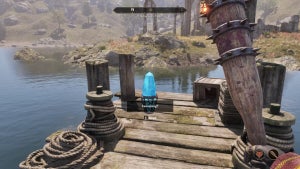
This new mod turns Oblivion Remastered into Dark Souls
Read more